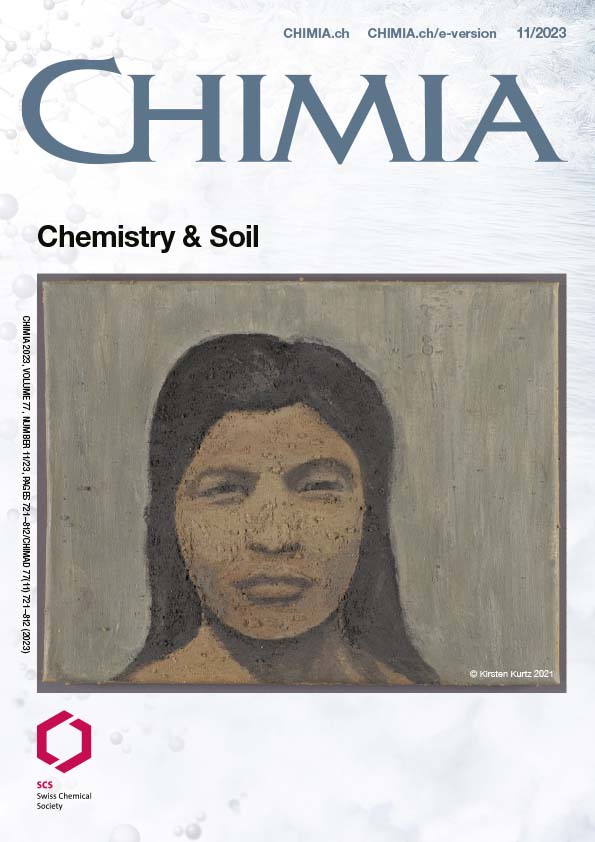Coupling of Dye Analysis and Compound Specific Radiocarbon (14C) Analysis (CSRA) in Heritage Sciences
FH HES Universities of Applied Sciences
DOI:
https://doi.org/10.2533/chimia.2023.792Keywords:
Chromatography, Heritage sciences, Natural organic dyes, Radiocarbon (14C)Abstract
Natural organic dyes and pigments have been used for millennia to bring colour into our daily lives. Being sourced from a variety of natural sources, they form an extremely varied and large class of compounds, all of which retain the atmospheric 14CO2 of their year of growth. As such these compounds represent ideal candidates for radiocarbon (14C) dating, allowing the identification of or providing information towards the period in which the coloured artefact was created. However, up to now no such analysis has ever been conducted solely on organic colourants within an object. The complex nature of the samples and the sample size limitations with respect to precious and rare art artefacts requires innovative inter- and multidisciplinary approaches. Here we discuss preliminary results in the development of a compound-specific radiocarbon analysis (CSRA) methodology for the analysis of anthraquinone derived red dyes extracted from dyed wool yarns. The aim of this research project is to introduce new routes to date cultural heritage objects, in particular to overcome their intrinsic complexity through the development of CSRA strategies.
Funding data
-
Ernst Göhner Stiftung
Grant numbers Grant 2021-0936 -
Branco Weiss Fellowship – Society in Science
Downloads
Published
Issue
Section
Categories
License
Copyright (c) 2023 Swiss Chemical Society

This work is licensed under a Creative Commons Attribution 4.0 International License.







